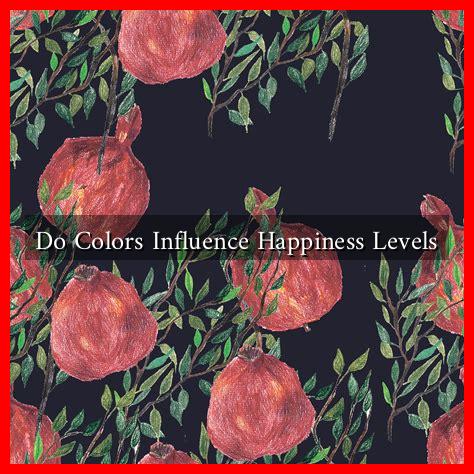-
Table of Contents
Do Colors Influence Happiness Levels?
Colors are an integral part of our daily lives, influencing our emotions, perceptions, and even behaviors. The relationship between colors and happiness has been a subject of interest for psychologists, marketers, and artists alike. This article explores how different colors can affect our mood and overall happiness levels, supported by research, case studies, and practical examples.
The Psychology of Color
The psychology of color is a field that studies how colors impact human behavior and emotions. Various studies have shown that colors can evoke specific feelings and reactions. For instance, warm colors like red and yellow are often associated with energy and warmth, while cool colors like blue and green are linked to calmness and tranquility.
Colors and Their Emotional Associations
Different colors can elicit various emotional responses. Here’s a breakdown of some common colors and their associated feelings:
- Red: Often associated with passion, excitement, and love. It can increase heart rates and stimulate energy.
- Blue: Known for its calming effects, blue can promote feelings of peace and serenity. It is often used in spaces designed for relaxation.
- Yellow: This bright color is linked to happiness and optimism. It can stimulate mental activity and generate feelings of cheerfulness.
- Green: Associated with nature, green promotes feelings of balance and harmony. It is often used in environments to reduce stress.
- Purple: Often linked to creativity and luxury, purple can inspire imagination and introspection.
Research Findings on Color and Happiness
Numerous studies have explored the connection between color and happiness. A notable study published in the journal “Color Research and Application” found that individuals exposed to bright colors reported higher levels of happiness compared to those in dull environments. The study highlighted that vibrant colors can stimulate positive emotions and enhance overall well-being.
Another research conducted by the University of British Columbia found that people who wore bright colors were perceived as more approachable and friendly, which in turn can lead to increased social interactions and happiness. This suggests that not only do colors affect our internal feelings, but they also influence how others perceive us, creating a feedback loop that can enhance our mood.
Case Studies: Color in Everyday Life
Real-world applications of color psychology can be seen in various settings:
- Workplaces: Companies like Google and Facebook use vibrant colors in their office designs to foster creativity and collaboration among employees. Research shows that colorful work environments can lead to increased productivity and job satisfaction.
- Marketing: Brands often use color strategically to evoke specific emotions. For example, fast-food chains frequently use red and yellow to stimulate appetite and create a sense of urgency.
- Interior Design: Homeowners are increasingly aware of how color affects mood. For instance, painting a room in soft blues or greens can create a calming atmosphere, ideal for relaxation.
Practical Tips for Using Color to Enhance Happiness
Incorporating color into your life can be a simple yet effective way to boost your happiness levels. Here are some practical tips:
- Choose your wardrobe wisely: Opt for bright colors that make you feel good and confident.
- Redecorate your space: Use colors that evoke positive emotions in your home or workspace.
- Engage with nature: Spend time outdoors surrounded by greenery, which can enhance feelings of well-being.
Conclusion
Colors undeniably play a significant role in influencing our happiness levels. From the calming effects of blue to the energizing impact of yellow, the colors we surround ourselves with can shape our emotions and perceptions. By understanding the psychology of color, we can make informed choices in our environments, wardrobes, and daily lives to enhance our overall happiness. Whether through strategic marketing, workplace design, or personal choices, the power of color is a tool we can all utilize to foster a more joyful existence.
For further reading on the psychology of color, you can explore resources like Color Psychology.


